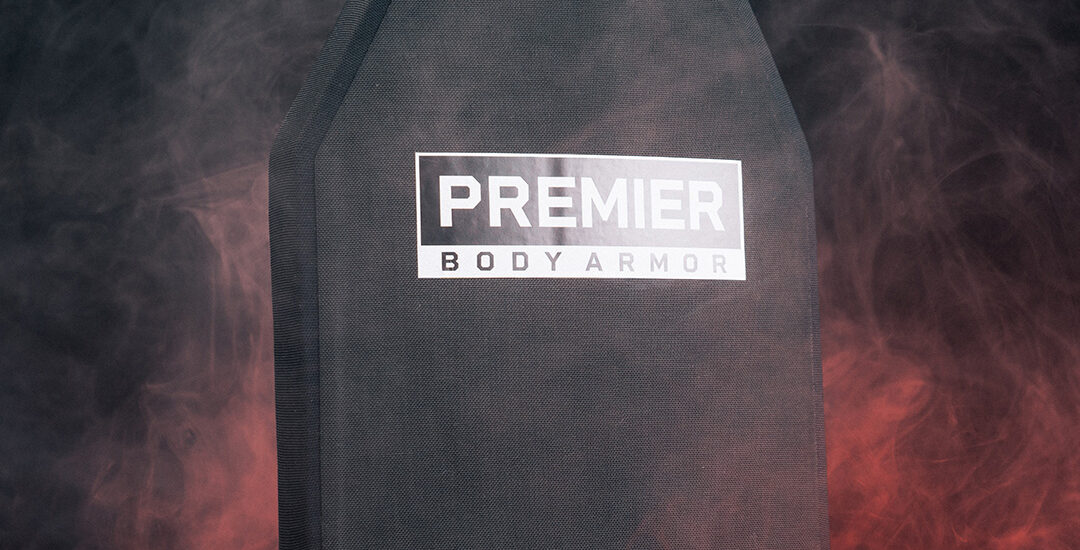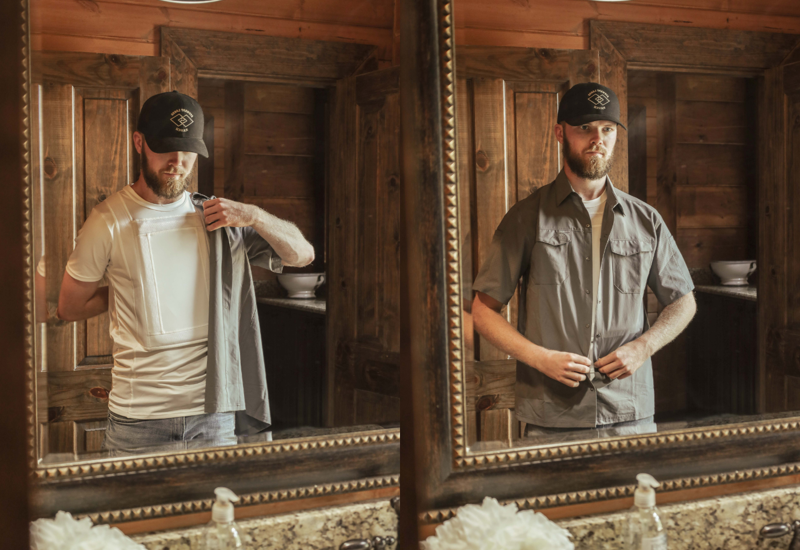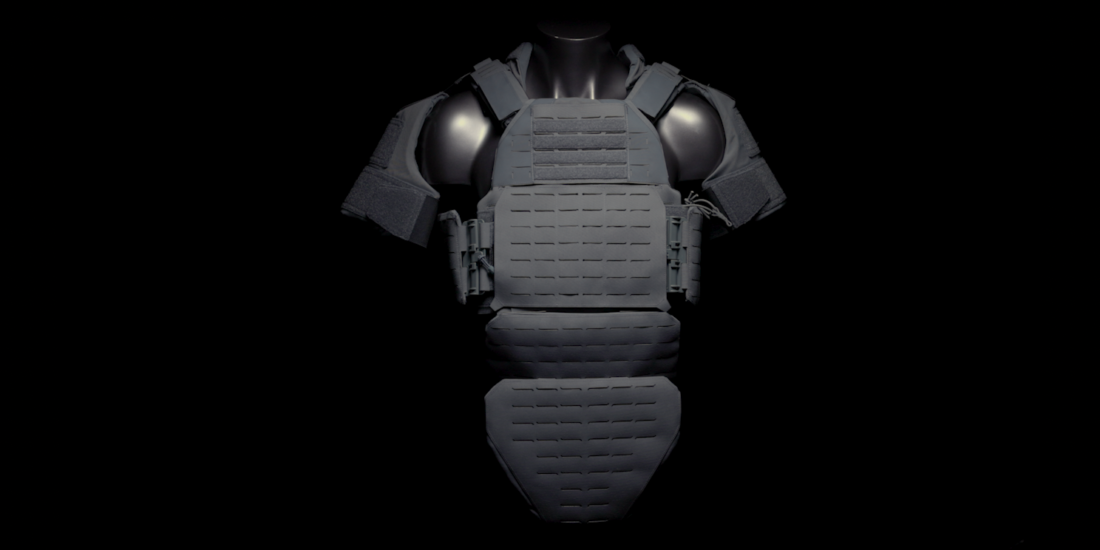The Truth about Body Armor: Getting the Best from Your Vest
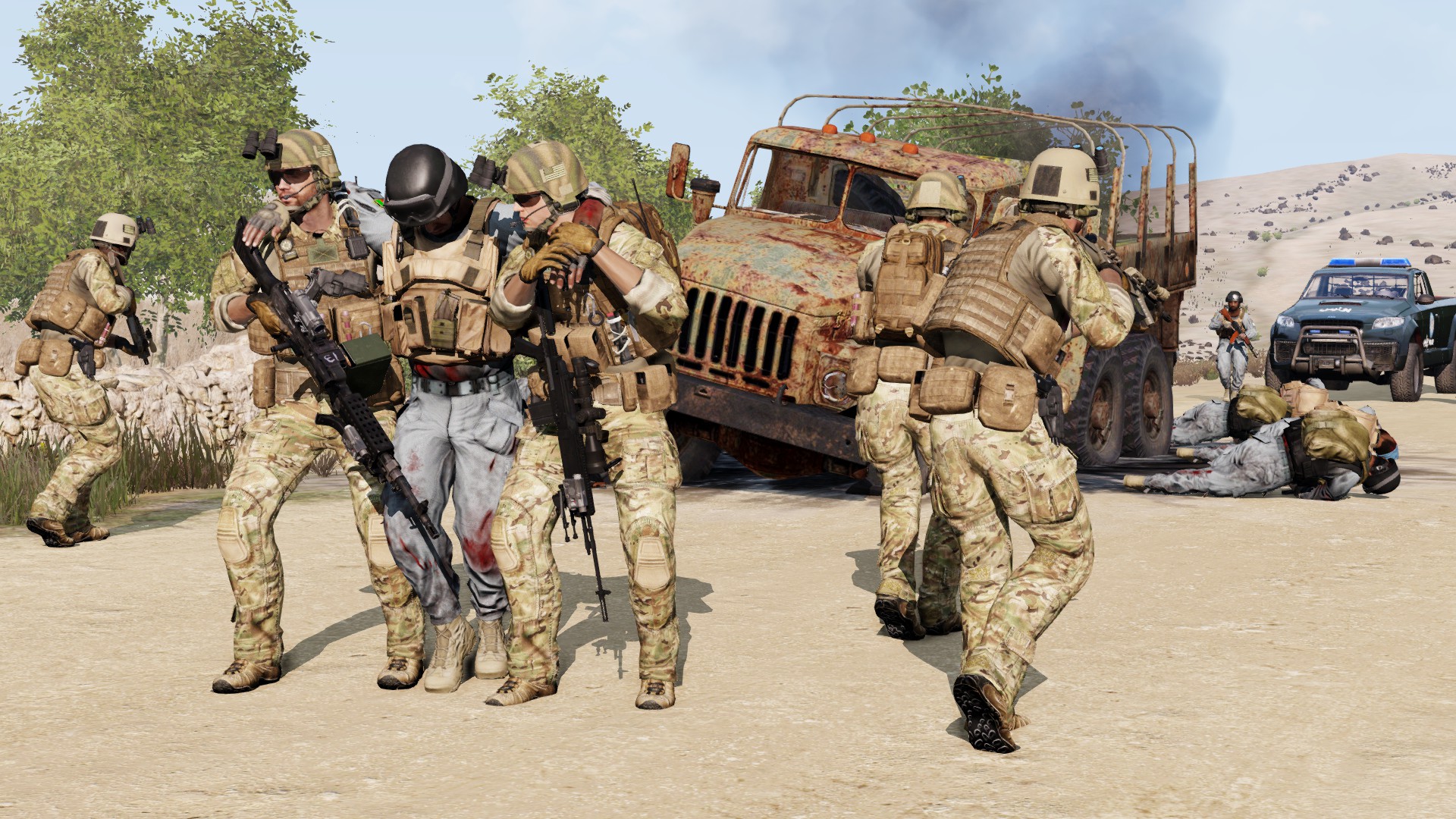
Following are some items learned from years of wearing body armor professionally. We’ve all got different needs and armor might be unnecessary for you, completely. Fair enough. The term “bulletproof ” has no place in our lexicon.
Prior to 9/11 I only used soft body armor (SBA). This was the ending days of shotguns for long arms, too. Pistols and SBA were considered adequate. After this event, ceramic plates at 24 pounds and rifles were looking pretty good. Hard plate isn’t easy to hide because it’s not meant to be. As a much younger person the weight felt like security.
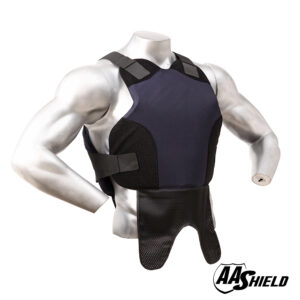
3A soft body armor
It was also around this time that our Bat Belts were gaining new widgets annually. This constant additional weight wasn’t optional and we denied the toll to the body would arrive. Armor has to be maintained just like everything we use. People by and large don’t want to maintain anything, especially under perpetual mandatory overtime. They don’t want to wear the gear either, but they will to make money.
Trying to convince people to wear a plate is futile when they despise SBA. Nobody wants armor until they need it. It’s fair to say 3A SBA is the most common by a huge margin. I was allowed to use what I wanted after jumping the appropriate hoops, and switched over to plate, all the time. The decision making process is significant.
If you’re rocking SBA you may also want knife protection, depending on your tasks. SBA will stop a handful of pistol cartridges and some shotgun rounds. This doesn’t apply to knives due to speed and surface area. There are real monsters walking amongst us, and some will have no problem slicing you up. The outline of a vest is hard to miss, too, so they might opt to cut around the edging.
Two classical areas to exploit Are the armpits and the hollow of the throat. Armor is a perpetual gamble against common rounds within a finite spectrum. SBA is the largest gamble, but worth it. Since the last 18 years of my career had me on the range so often, plate was best for me. SBA is pretty useless with rifle ammo.
Picture yourself with an SBA and a pistol. Your aggressor has solid cover with a rifle. He’s locked in, you’re mobile and attempting to stop that threat. You’re in a bad place. Providing you live, your philosophy of things may likely change. Arrows are disturbing too. Again, it’s about speed and surface area. It’s ironic that this ancient projectile has the ability to defeat high tech wonder fibers. They’re quiet and kill via blood loss. Where I’m at everybody has one and they’re good with them.
Some don’t hunt with firearms because they feel it cheapens the experience. To succeed with a bow we rely on stealth, camo, and placement. This isn’t a person to discount. There’s plenty of video on arrows getting through armor. In most cases our pelvis and faces remain exposed, and these are bad places to be hit. Tourniquets may be of no use at all.
The armor protects the pump and bellows, but not the supercomputer and locomotive nexus. In my mind everyone is armored so I adjust accordingly. I’m not wasting finite ammo trying to crack armor, so it’s straight to Plan B. We can’t discount the whole seasoned pro and blind squirrel scenario, either. We can work our entire life to be exceptional, and get T Zoned by a complete amateur. This doesn’t matter because we’re just as gone.
There’s plenty of low key SBA that didn’t exist even 10 years ago. You can stash panels in backpacks and have affordable jackets or shirts. This would’ve been grand a couple of decades back. Ceramic plates can crack or craze fairly easily, so don’t slam them around. Armor is no more immortal than we are. Even the solid cheap plates of AR500 steel sprayed with bed liner are rated at 5 years, for whatever reason.
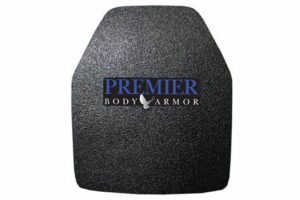
Premier AR500 Steel Plate
I know nothing about the AR500 stuff from personal use, only watching other people use it. It’s economic, not ergonomic. I know what gets through it and that’s enough. They usually come in at about 17 pounds. Some have trouble completely relaxing their arms with it. The type that causes this is the same vendor, but the plates have a NERF like coating, and they’re way too thick. They won’t fit in any carrier except for the ones they make themselves. Weird.
With any armor there’s a disconnect between the brain and body. We tend to grossly overestimate personal ability. The beginner fills every square of the MOLLE panel and then stacks pouches 3 deep. Next thing you know they’ve got 35 pounds of widgets and they crank all of this down tight to mitigate sagging. They can’t breathe correctly, but they sure look cool.
They typically negate the hydration part and break within 2 hours. Not good. I’m normally in my carrier about 9 months annually at 40 plus hours a week. This has allowed me to learn some things. The foundations are plates that are cut/ curved correctly. The cost is higher, but I’m willing to pay it. Going cheap even with part time use gets annoying pretty quickly.
There are still some willing to mock you for being armored. This is the equivalent of deciding to be a boxer that won’t ever take a punch. If this person were a professional they’d know that armor usage in class isn’t negotiable. Obviously they’re not, and that’s good information to have. Sizing is a deliberate nightmare between vendors, and that’s cruddy. You’ll have the same issue with SBA, too. Don’t expect the departmental flunky to get the correct size- they will fail.
It would be great if armor companies would remain the same, but when you start examining the topic you’ll see how mercurial it is. That’s the nicest word I can use. When you figure out how to live comfortably with the minimal needed gear, be certain nothing is messing with your rifle sling, with either shoulder. We can’t forget that half of the turns we take will be on the support side.
Waddling about like the Michelin Tire Man is a detriment. Carrier construction is incredibly important. Plate shapes aren’t changing because our human shapes aren’t changing. What does change are the new wonder fabrics that stop projectiles. Things get better about every 3 years. This is also true for the material the carrier is made of. Be certain the carrier and panel/plates are sympatico, because this stuff is expensive.
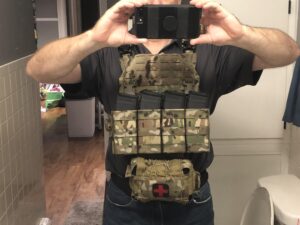
ESSTAC plate carrier
Some descriptions are very good, some combos keep you guessing. Get the amount of carrier coverage you feel is best. For example, if CQB is your thing you’ll probably be wrapped up with more coverage than the guy that keeps a bib type in the trunk. Entry guys are usually rocking helmets, side panels and cod pieces. The guy using it occasionally likely doesn’t have the extra bits. The entry guy will heat up far faster than the occasional wearer, it’s a matter of tolerance and experience.
From personal experience I can relay that being fully wrapped with multiple stories and stairs is a treat. Add the stress of searching for a 2 legger and you can get worn down hard. Hydration bladders are pretty much a given. This is another sling grabber, so get things right. The flip on / bib types are far cooler because you’re having a far easier time with ventilation. The same word in a different context is a huge concern because your sides are exposed. It’s virtually impossible to stay armored on the threat when you don’t know where the threat is. Naturally there are hybrids between these two extremes, with the eternal dilemma of balancing out ammunition and the widgets commonly needed wherever we go.
Weather and terrain are beyond control so we’ve got to be strong enough to counter that too. There’s value in buying gear in threes. I’ve got a range, vehicle and spare rig and each set is identically set up. Vendors don’t want you satisfied with a single rig unto eternity so they’ll arbitrarily discontinue things. When your current rig needs rotation, you can’t get another one. This carries over to every single item, but a balanced rig is time intensive, so this stings.
By the time the spare is drafted it’s a clue to see what’s available for change out. I’ve been really lucky with the last arrangement and gotten about 8 years of service. My job is done, so what I’ve got is sufficient for now. If you’re still going forward in your career, don’t be foolish like I was for far too long. Lookalikes of dubious quality abound. Most of us aren’t wealthy and vendors often lack morals. The accepted darlings get comfortable bilking big contracts and could care less about the single purchaser.
If there’s a single detail you want to concern yourself with, it’s a strong drag handle. If you get knocked down your buddies will eventually get you out. The best way to verify which is best is to do drag out drills in classes. Cheap handles will break and that’s the place for them to fail. The cruddy part is that we can’t repair things like this easily at home. The high price tag or brand aren’t indicative of robust products, either. People bag on Condor, but I’ve not had their drag handles fail. There are far more expensive brands that do. I’ll also fabricate handles out of paracord and do things myself if need be. That’s potentially a uniform appearance issue.
Functional is secondary to appearance far too often. Setting pouches up while watching television might get things close to where you need things, but it’s rarely perfect. Take the time to properly lace the MOLLE tabs. I’ve lost count of the dropped pouches that slipped out/off due to laziness. Once your stuff is finally where you want it, lace it down and leave it alone. It doesn’t take much to mess up our mojo.
When you’re grabbing the flashlight where the rifle mag used to be, there might be serious ramifications. People need to stop constantly fidgeting with gear. The potential real killer is hydration. I’ve yet to find a way to get this right without sling snagging or additional waist loading. The Camelbak nonsense is useless if you’re the guy with the bolt cutters and/or pry bar.
Skip the Gatorade and it’s cousins-this stuff will wreck you. Look into Cera Lyte- you’ll live longer.
There’s a lot of choreography and spatial awareness with armor if you ever plan on moving quickly and silently. There’s also a bit of magic with getting everything in place correctly. When it comes to vehicles, they’re rarely large enough. Wearing a full rig makes it even harder. A person driving primarily will assemble their gear far differently than someone primarily on foot. Full wrap carriers have a way of covering your holstered pistol while seated.
When everyone replicates military equipment it’s immediately flawed because very few are carrying pistols. This is a rare example of a thigh rig being viable. They’re handy for climbing enclosed wells too, and that’s about all. Tanker carry on a plate rig isn’t ever viable. Thigh rigs are primarily Battle Bro decorations today.
One pouch of value is a GP type by the support side kidney area. This can be for sustaining you because we have no idea how long we might be tied up with a task. You can haul a couple granola bars, hard candy and gum. Add some bug spray, lip balm and sunscreen. Top things off with some sanitary wipes and a phone charger and you can stay afield longer. All of these are golden when you get stuck somewhere.
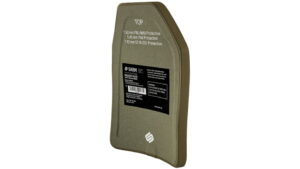
Level 3 UHMWPE plate
In a perfect world you’ll have different tools in the vehicle because what you need will vary. If things are going especially well you’ll know this beforehand. A simple check for silence involves a couple of jumping Jacks. Going prone on all of this lumpy stuff is a treat magnified in the snow. My current rig is the UHMWPE, or polymer armor. They’re pricey, but worth it. They’re rifle rated but the weight is similar to SBA. They happen to be neutrally buoyant if that’s a requirement for you.
A caution with all armor is looking for “ICW”, which means in conjunction with. Avoid those like the plague. If you go that route you have to add 3A armor to stop rifle rounds. So much for lightweight or ventilation. There are semi rigid 3A plates these days, but now you’re forced to jam 4 plates into a space designed for 2. Good luck with that. This bright idea is up there with the unicycle kickstand.
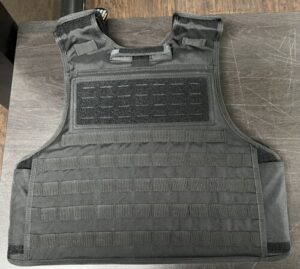
Safe Life, rifle rated wraparound, Flexible Rifle Armor System
My new rig is an undershirt type by Safe Life, rifle rated wraparound, called the FRAS. This is for- flexible rifle armor system. It weighs 16 pounds and is going to take some getting used to. The main difference for me is less arm mobility because I’ve not been wearing SBA type carriers for quite awhile now. Summer heat is indeed a drain. At 18 degrees beneath a jacket the edging for the shoulder area makes rifle work different. I don’t see myself going toward this as a primary when my plate carrier is self contained with my gadgets. For casual wandering it might be great, other than the whole heat trap factor. You won’t be carrying AIWB with this thing in the way. There’s a lot of video out there showing the FRAS enduring beyond the rating.
So there you have it- a handful of insights around various armor types and how to contend with it. Until Next Time, Stay safe, learn daily




